PRODUCT DETAILS
| Cyclooctapentylose Basic information |
| |
| Cyclooctapentylose Chemical Properties |
| Melting point |
≥300 °C |
| alpha |
[α]D25 +174~+179° (c=1, H2O) (After Drying) |
| Boiling point |
845.2°C (rough estimate) |
| density |
1.2064 (rough estimate) |
| refractive index |
1.7500 (estimate) |
| Fp |
450℃ |
| storage temp. |
room temp |
| solubility |
1 M NaOH: 25 mg/mL, may be clear to slightly hazy |
| pka |
11.68±0.70(Predicted) |
| form |
powder |
| color |
white |
| optical activity |
[α]/D 174.0 to 180.0° |
| Water Solubility |
232g/L(25 ºC) |
| λmax |
λ: 420 nm Amax: ≤0.20 |
| Merck |
14,2718 |
| BRN |
5725162 |
| Stability: |
Hygroscopic |
| InChIKey |
GDSRMADSINPKSL-HSEONFRVSA-N |
| EPA Substance Registry System |
.gamma.-Cyclodextrin (17465-86-0) |
| Provider |
Language |
| gamma-Cyclodextrin |
English |
| SigmaAldrich |
English |
| |
| Cyclooctapentylose Usage And Synthesis |
| Chemical Properties |
White powder or crystal |
| Chemical Properties |
Cyclodextrins occur as white, practically odorless, fine crystalline powders, having a slightly sweet taste. Some cyclodextrin derivatives occur as amorphous powders. |
| Uses |
A molecule used to solublize non-polar molecules such a cholesterol for use in cell culture.
|
| Uses |
γ-Cyclodextrin can be used as a precursor for the synthesis of:
- Octakis-(2,3-di-O-methyl-6-O-carboxymethyl)-γ-cyclodextrin sodium salt (ODMCM). ODMCM is used in capillary electrophoresis as a chiral resolving agent.
- Water-soluble cyclodextrin thioethers derivatives for the transportation of hydrophobic drugs.
|
| Uses |
γ-Cyclodextrin (γ-CD), a water-soluble cyclic oligosaccharide consisting of eight α-(1,4)-linked glucopyranose subunits, can be used in a wide range of applications including:
- Synthesis of renewable and biocompatible metal-organic frameworks.
- Formation of inclusion complexes with a variety of guest molecules to increase their solubility in water and other polar solvents.
- Synthesis of γ-CD based nanogels and dendrimers as carriers and stabilizers for drug delivery applications.
|
| Production Methods |
Cyclodextrins are manufactured by the enzymatic degradation of starch using specialized bacteria. For example, β-cyclodextrin is produced by the action of the enzyme cyclodextrin glucosyltransferase upon starch or a starch hydrolysate. An organic solvent is used to direct the reaction that produces β-cyclodextrin, and to prevent the growth of microorganisms during the enzymatic reaction. The insoluble complex of β-cyclodextrin and organic solvent is separated from the noncyclic starch, and the organic solvent is removed in vacuo so that less than 1 ppm of solvent remains in the β-cyclodextrin. The β-cyclodextrin is then carbon treated and crystallized from water, dried, and collected. |
| General Description |
Cyclodextrins belongs to the family of cyclic α-1,4-glucans and is made of glucose units. This molecule has a shape of a hollow cone. It possesses a hydrophilic external and hydrophobic internal surface, because of which cyclodextrins can form inclusion complexes. γ-Cyclodextrin is extensively used in food and pharmaceutical industries. Cyclodextrins are obtained by the enzymatic conversion of starch/starch derivatives by cyclodextrin glycosyltransferase.
|
| Pharmaceutical Applications |
Cyclodextrins are ‘bucketlike’ or ‘conelike’ toroid molecules, with a rigid structure and a central cavity, the size of which varies according to the cyclodextrin type. The internal surface of the cavity is hydrophobic and the outside of the torus is hydrophilic; this is due to the arrangement of hydroxyl groups within the molecule. This arrangement permits the cyclodextrin to accommodate a guest molecule within the cavity, forming an inclusion complex.
Cyclodextrins may be used to form inclusion complexes with a variety of drug molecules, resulting primarily in improvements to dissolution and bioavailability owing to enhanced solubility and improved chemical and physical stability.
Cyclodextrin inclusion complexes have also been used to mask the unpleasant taste of active materials and to convert a liquid substance into a solid material. γ-cyclodextrin has the largest cavity and can be used to form inclusion complexes with large molecules;it has low toxicity and enhanced water solubility.
In parenteral formulations, cyclodextrins have been used to produce stable and soluble preparations of drugs that would otherwise have been formulated using a nonaqueous solvent.
In eye drop formulations, cyclodextrins form water-soluble complexes with lipophilic drugs such as corticosteroids. They have been shown to increase the water solubility of the drug; to enhance drug absorption into the eye; to improve aqueous stability; and to reduce local irritation.
Cyclodextrins have also been used in the formulation of solutions,suppositories, and cosmetics. |
| Safety |
Cyclodextrins are starch derivatives and are mainly used in oral and parenteral pharmaceutical formulations. They are also used in topical and ophthalmic formulations.
Cyclodextrins are also used in cosmetics and food products, and are generally regarded as essentially nontoxic and nonirritant materials. However, when administered parenterally, β-cyclodextrin is not metabolized but accumulates in the kidneys as insoluble cholesterol complexes, resulting in severe nephrotoxicity.
Cyclodextrin administered orally is metabolized by microflora in the colon, forming the metabolites maltodextrin, maltose, and glucose; these are themselves further metabolized before being finally excreted as carbon dioxide and water. Although a study published in 1957 suggested that orally administered cyclodextrins were highly toxic, more recent animal toxicity studies in rats and dogs have shown this not to be the case, and cyclodextrins are now approved for use in food products and orally administered pharmaceuticals in a number of countries.
Cyclodextrins are not irritant to the skin and eyes, or upon inhalation. There is also no evidence to suggest that cyclodextrins are mutagenic or teratogenic.
γ-Cyclodextrin
LD50 (rat, IP): 4.6 g/kg
LD50 (rat ,IV): 4.0 g/kg
LD50 (rat, oral): 8.0 g/kg |
| storage |
Cyclodextrins should be stored in a tightly sealed container, in a cool, dry place.Cyclodextrins are stable in the solid state if protected from high humidity. |
| Regulatory Status |
Included in the FDA Inactive Ingredients Database: α-cyclodextrin (injection preparations); β-cyclodextrin (oral tablets, topical gels); γ-cyclodextrin (IV injections).
Included in the Canadian List of Acceptable Non-medicinal Ingredients (stabilizing agent; solubilizing agent ); and in oral and rectal pharmaceutical formulations licensed in Europe, Japan, and the USA. |
| |
| Cyclooctapentylose Preparation Products And Raw materials |
|
|
|
|
Group profiles
Leader Biochemical Group is a large leader incorporated industry manufacturers and suppliers of advanced refined raw materials From the year of 1996 when our factory was put into production to year of 2020, our group has successively invested in more than 52 factories with shares and subordinates.We focus on manufacture Pharm & chemicals, functional active ingredients, nutritional Ingredients, health care products, cosmetics, pharmaceutical and refined feed, oil, natural plant ingredients industries to provide top quality of GMP standards products.All the invested factories' product lines cover API and intermediates, vitamins, amino acids, plant extracts, daily chemical products, cosmetics raw materials, nutrition and health care products, food additives, feed additives, essential oil products, fine chemical products and agricultural chemical raw materials And flavors and fragrances. Especially in the field of vitamins, amino acids, pharmaceutical raw materials and cosmetic raw materials, we have more than 20 years of production and sales experience. All products meet the requirements of high international export standards and have been recognized by customers all over the world. Our manufacture basement & R&D center located in National Aerospace Economic & Technical Development Zone Xi`an Shaanxi China. Now not only relying on self-cultivation and development as well as maintains good cooperative relations with many famous research institutes and universities in China. Now, we have closely cooperation with Shanghai Institute of Organic Chemistry of Chinese Academy of Science, Beijing Institute of Material Medical of Chinese Academy of Medical Science, China Pharmaceutical University, Zhejiang University. Closely cooperation with them not only integrating Science and technology resources, but also increasing the R&D speed and improving our R&D power. Offering Powerful Tech supporting Platform for group development. Keep serve the manufacture and the market as the R&D central task, focus on the technical research. Now there are 3 technology R & D platforms including biological extract, microorganism fermentation and chemical synthesis, and can independently research and develop kinds of difficult APIs and pharmaceutical intermediates. With the strong support of China State Institute of Pharmaceutical Industry (hereinafter short for CSIPI), earlier known as Shanghai Institute of Pharmaceutical Industry (SIPI), we have unique advantages in the R & D and industrialization of high-grade, precision and advanced products. Now our Group technical force is abundant, existing staff more that 1000 people, senior professional and technical staff accounted for more than 50% of the total number of employees, including 15 PhD research and development personnel, 5 master′ S degree in technical and management personnel 9 people. We have advanced equipment like fermentation equipment and technology also extraction, isolation, purification, synthesis with rich production experience and strict quality control system, According to the GMP required, quickly transforming the R&D results to industrial production in time, it is our advantages and our products are exported to North and South America, Europe, Middle East, Africa, and other five continents and scale the forefront in the nation, won good international reputation. We believe only good quality can bring good cooperation, quality is our key spirit during our production, we are warmly welcome clients and partner from all over the world contact us for everlasting cooperation, Leader will be your strong, sincere and reliable partner in China.
Our Factories production lines
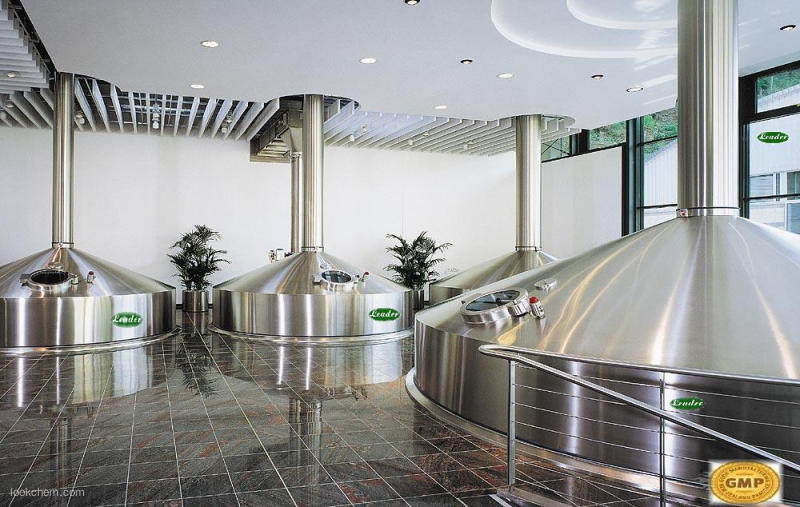
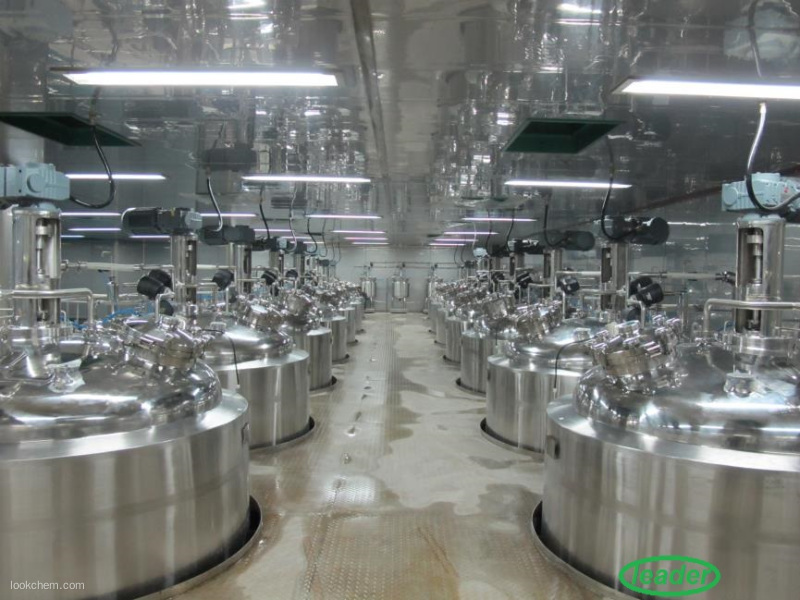
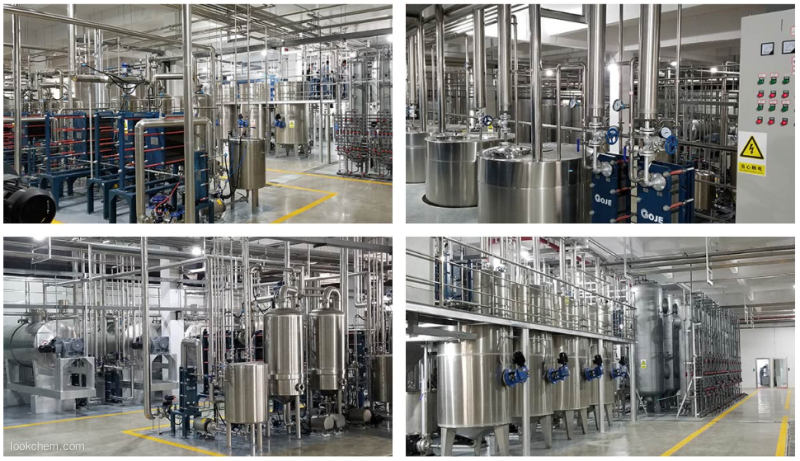
Our Factories R&D ability

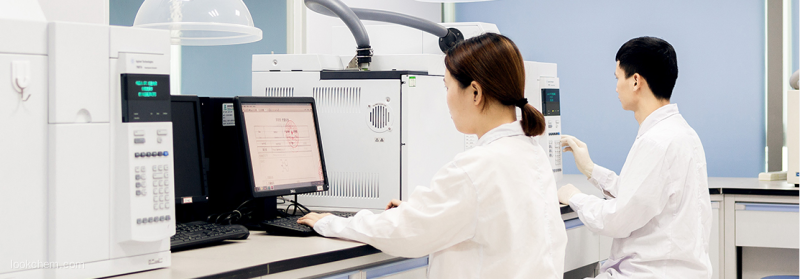
Our Factories warehouse

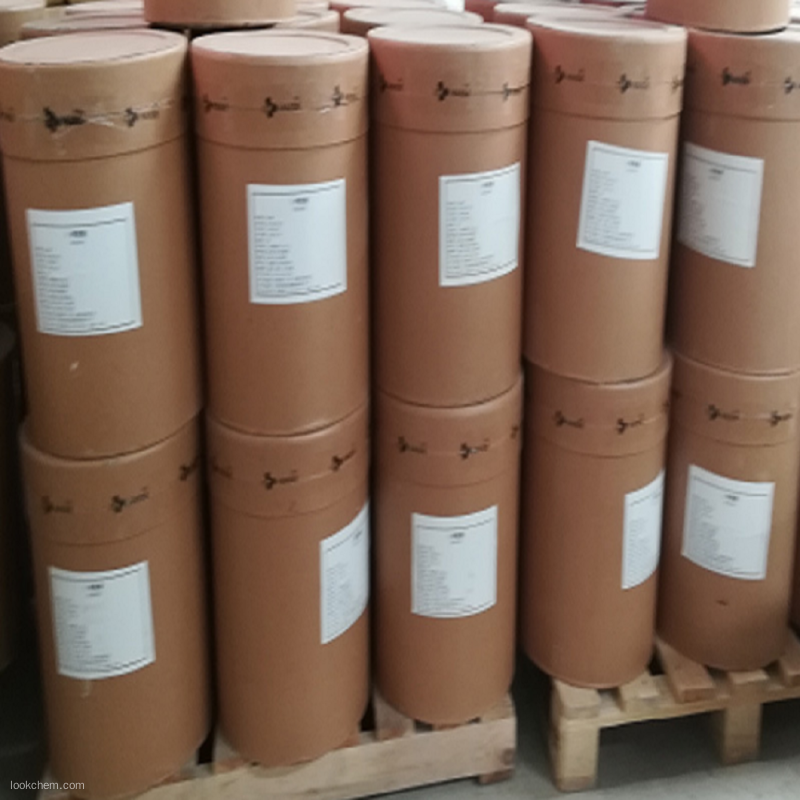


 Premiumsupplier
Premiumsupplier 



